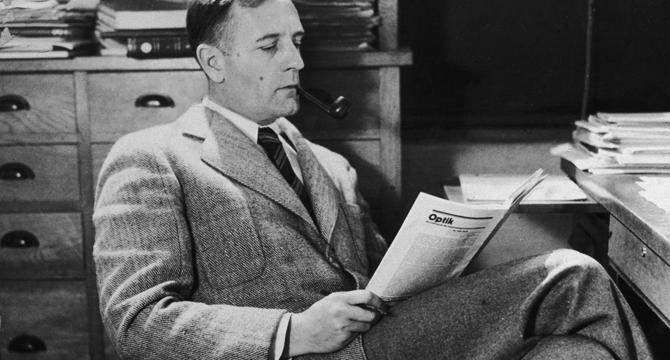Popsci
2M
45

Image Credit: Popsci
One large Milky Way galaxy or many galaxies? 100 years ago, a young Edwin Hubble settled astronomy’s ‘Great Debate.’
- A century ago, Edwin Hubble expanded the known universe, revealing that the Andromeda nebula was distant from the Milky Way.
- Hubble's discoveries paved the way for exploring a vast universe containing trillions of galaxies.
- Early astronomers initially believed the Milky Way encompassed the entire universe.
- Nebulae were classified into gaseous regions, clusters of stars, and those with spiral structure like the Andromeda nebula.
- In the 'Great Debate,' astronomers debated whether spiral nebulae were small and within the Milky Way or distant galaxies.
- Hubble utilized Cepheid variables to calculate the distance to M31, determining it was much farther than previously thought.
- Hubble's discovery ended the debate about the Milky Way's size and the nature of nebulae.
- Hubble also observed the redshift indicating galaxies were moving away, leading to the understanding of an expanding universe.
- Georges Lemaitre proposed the idea of an expanding universe and the big bang theory.
- Hubble's legacy continues with NASA's Hubble Space Telescope and advancements in studying galaxies, reaching billions of light years away.
Read Full Article
2 Likes
For uninterrupted reading, download the app